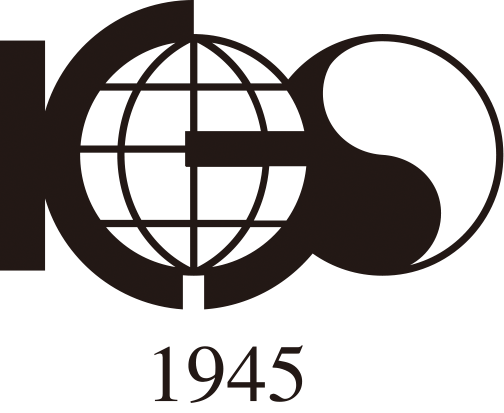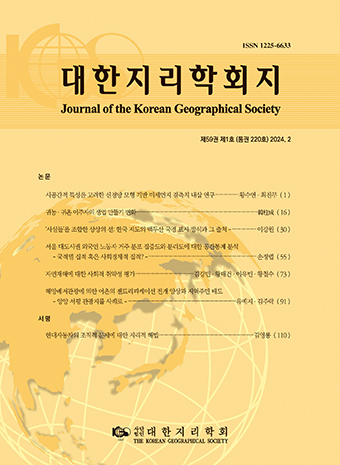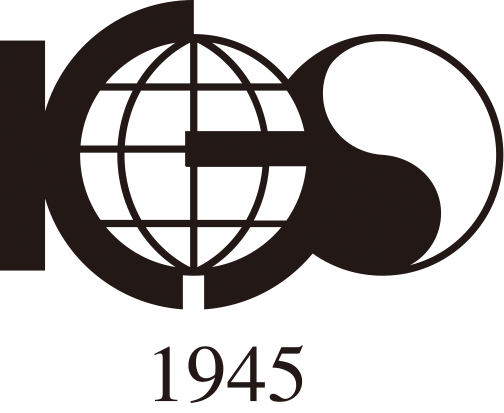Research Article
Abstract
References
Information
Duke-Williams, O. and Stillwell, J., 2010, Temporal and spatial consistency, in Stillwell, J., Duke-Williams, O., and Dennett, A., eds., Technologies for Migration and Commuting Analysis: Spatial Interaction Data Applications, Business Science Reference, New York, 89-110.
10.4018/978-1-61520-755-8.ch005
- Publisher :The Korean Geographical Society
- Publisher(Ko) :대한지리학회
- Journal Title :Journal of the Korean Geographical Society
- Journal Title(Ko) :대한지리학회지
- Volume : 56
- No :5
- Pages :537-550
- Received Date : 2021-09-26
- Revised Date : 2021-10-12
- Accepted Date : 2021-10-13
- DOI :https://doi.org/10.22776/kgs.2021.56.5.537




 Journal of the Korean Geographical Society
Journal of the Korean Geographical Society







